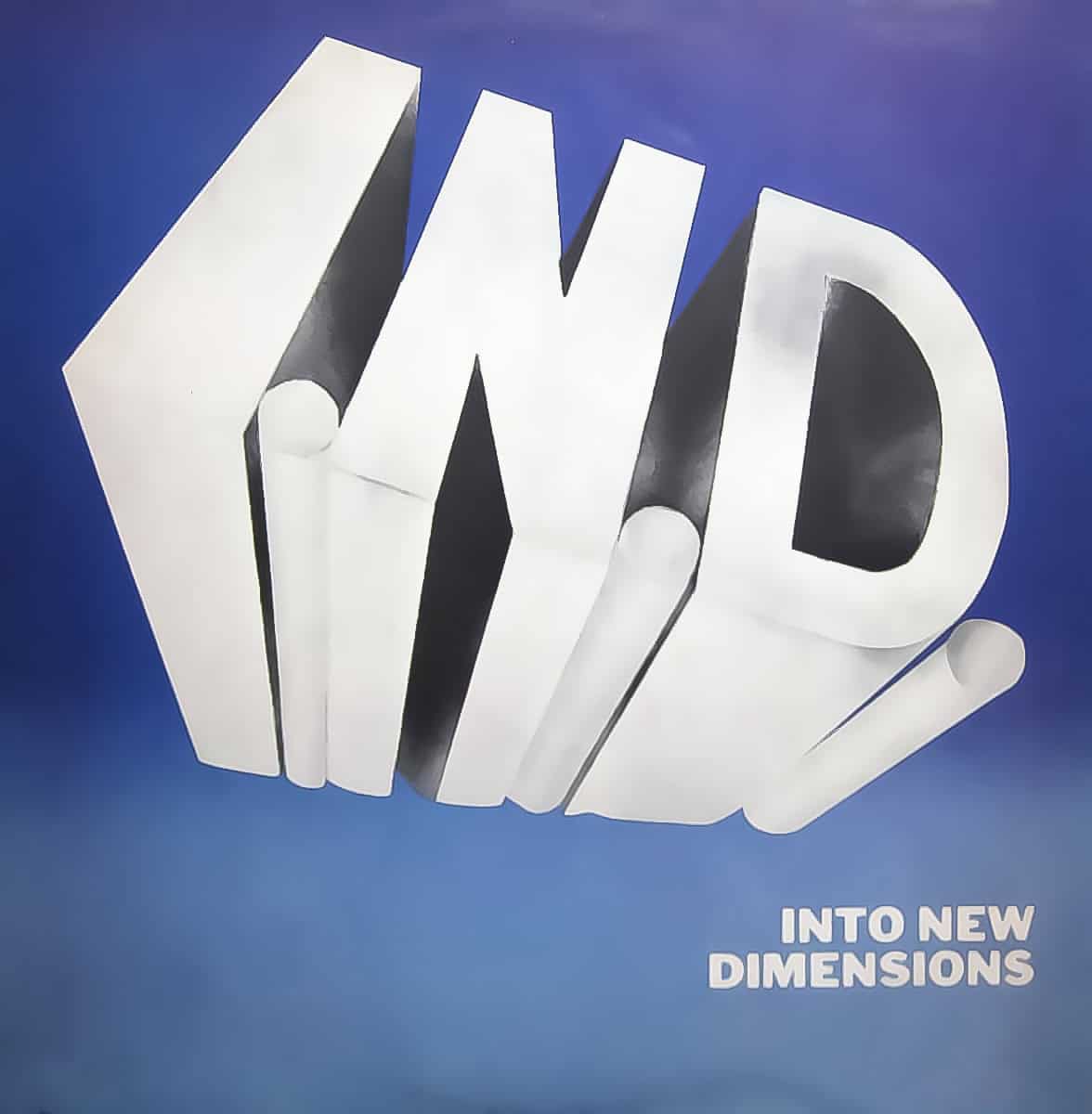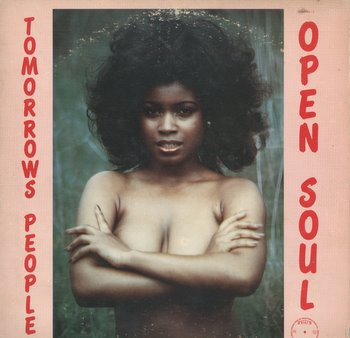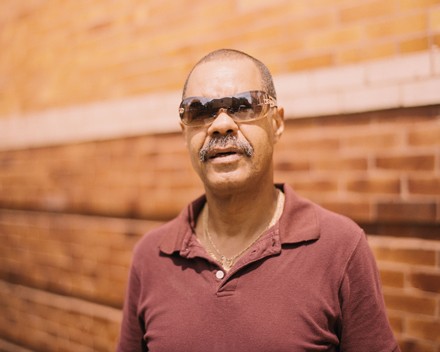
Lee Holloway, a musician from Gary, Indiana, discussed his musical journey with host Bob. Lee’s first band was Peace, which he joined in 1969 during his senior year at Gary Emerson High School. They won local talent shows in 1970 and 1971. Lee then joined Vernell Powell and the Intruders before forming the Crash Band in 1975. The Crash Band’s 1975 record “So Can This Change” featured a five-piece horn section and Evelyn Holder on lead vocals. After Crash Band disbanded in 1977, Lee formed IND, which released “I’m Not Ready to Give Up My Love” in Memphis. IND’s 1982 album “Into New Dimensions” featured the single “Side by Side,” which received radio play.
Bob Abrahamian 0:00
Okay, you're tuned to WHPK 88.5 FM in Chicago. You are listening to the Sitting in the Park show right now. I have on the phone special guest Lee Holloway, who was in a couple of groups. Lee, can you hear me?
Lee Holloway 0:10
Yes, I can.
Bob Abrahamian 0:12
Okay, great. So right now, we're going to be talking about the groups that Lee was in that recorded in the 70s and 80s and playing some of his group's records. So first of all, you're originally from Gary, Indiana, right?
Lee Holloway 0:23
Yeah, born and raised.
Bob Abrahamian 0:25
Okay. And so the first group that you recorded with was called the Crash Band. Is that right?
Lee Holloway 0:30
That's right.
Bob Abrahamian 0:31
So first, I'd like to get some history of what you were doing before that. The Crash Band record came out in '75, but before that, were you involved with music at all?
Lee Holloway 0:39
Yeah, I was. Before Crash, I was in a local band called Peace here in Gary. Like all bands, we were playing talent shows and things like that.
Bob Abrahamian 0:50
When did Peace form?
Lee Holloway 0:52
That started in 1969.
Bob Abrahamian 0:54
And that was in Gary?
Lee Holloway 0:57
Yeah, Gary, Indiana.
Bob Abrahamian 0:59
Were you out of high school by that time?
Lee Holloway 1:01
I was in my senior year. I went to Gary Emerson.
Bob Abrahamian 1:03
What was the music scene like in Gary around that time?
Lee Holloway 1:07
It was old school Motown, straight-up R&B, with a lot of good music. We did covers—Motown, Stevie Wonder, but also some rock tunes like Santana, Grand Funk Railroad, Three Dog Night, and the Doobie Brothers.
Bob Abrahamian 1:23
What instrument were you playing?
Lee Holloway 1:25
I played guitar and trumpet, but after high school, I focused on guitar.
Bob Abrahamian 1:30
Did Peace just do local shows around Gary?
Lee Holloway 1:33
Yeah, mostly local, but we won a couple of talent shows at Memorial Auditorium in '70 and '71.
Bob Abrahamian 1:38
Did you have any interaction with the Jackson Five, being from Gary?
Lee Holloway 1:41
Not much, but I saw them perform at a talent show once.
Bob Abrahamian 1:45
Did you guys play as a band or back other people at these talent shows?
Lee Holloway 1:48
We were a self-contained band with vocalists and a horn section.
Bob Abrahamian 1:52
So, the first group you recorded with was the Crash Band. What’s the story behind that?
Lee Holloway 1:58
Crash formed around '75 when a friend called me to join. We had a five-piece horn section and a five-piece rhythm section. Evelyn Holder was our lead singer.
Bob Abrahamian 2:12
I’m going to play your record, "So I Can Make This Change," and then we’ll talk more about it. Here it is.
Song Playing
Bob Abrahamian 9:00
Okay, that was the Crash Band’s "So I Can Make This Change." Lee, can you tell us about the lineup?
Lee Holloway 11:32
Sure. We had Evelyn Holder on lead vocals, Cornell Monroe and Eugene Gillis on trumpet, Quincy Ford and George Lloyd on sax, and a trombone player named Nate. I was on guitar.
Bob Abrahamian 13:00
The harmonies were great on that record. Was it the band singing backup?
Lee Holloway 13:15
Yes, we were a self-contained group. Cornell, Robert Kuznar, and the keyboard player, Dennis Willis, sang backup.
Bob Abrahamian 13:34
How did you get a record deal with Liberated Records?
Lee Holloway 13:49
Bobby Kuznar, the sax player, made a connection with Herb Temple at Johnson Publishing. He heard us and took us to Paul Serrano’s studio to record.
Bob Abrahamian 14:38
Did the record get any play?
Lee Holloway 14:53
It got limited play, mostly local, but it didn’t get the promotion it needed.
Bob Abrahamian 15:30
Did you do a lot of shows as the Crash Band?
Lee Holloway 15:35
Yes, we did a lot of local shows and some college gigs.
Bob Abrahamian 16:05
So, after the Crash Band, you formed IND. What does IND stand for?
Lee Holloway 18:04
It stands for Into New Dimensions. We wanted to take our sound in a new direction. The lineup was similar to Crash Band, but Evelyn Holder had moved to Atlanta.
Bob Abrahamian 18:50
I’m going to play IND’s "I’m Not Ready." Who’s singing lead?
Lee Holloway 20:19
Michael Mills, my high school buddy, is singing lead, and Cornell Monroe sings the falsetto on the chorus.
Song Playing
Bob Abrahamian 25:12
That was IND’s "I’m Not Ready." Lee, how did you get signed to a Memphis label?
Lee Holloway 27:26
Bobby Kuznar connected with Gene "Bolex" Miller, who worked with a label called Mama’s Pride. We went down to Memphis and recorded at Royal Studios, where Al Green’s producer, Willie Mitchell, worked.
Bob Abrahamian 28:31
Did you meet anyone famous down there?
Lee Holloway 29:22
Yes, we met Rufus Thomas and his daughter Carla Thomas.
Bob Abrahamian 29:28
Did the record get any play?
Lee Holloway 30:14
Not much. Like Crash, it didn’t get the promotion it needed.
Bob Abrahamian 31:08
What happened after IND?
Lee Holloway 32:35
In 1981, we signed with Erect Records and cut an album. The single "Everybody Likes to Do It" got some play, and the album's song "Side by Side" did well in the Midwest.
Bob Abrahamian 35:13
Were you together much longer after that?
Lee Holloway 35:46
We stayed together until about '84 or '85.
Bob Abrahamian 35:52
Are you still involved with music?
Lee Holloway 36:00
Yes, I’m playing with a band called Soul Syndicate, and I’m working on a jazz project. I also co-produced a gospel album for Cliff Gober.
Bob Abrahamian 36:41
Thanks so much for sharing your story, Lee.
Lee Holloway 39:34
Thank you for having me. Keep live music alive!

